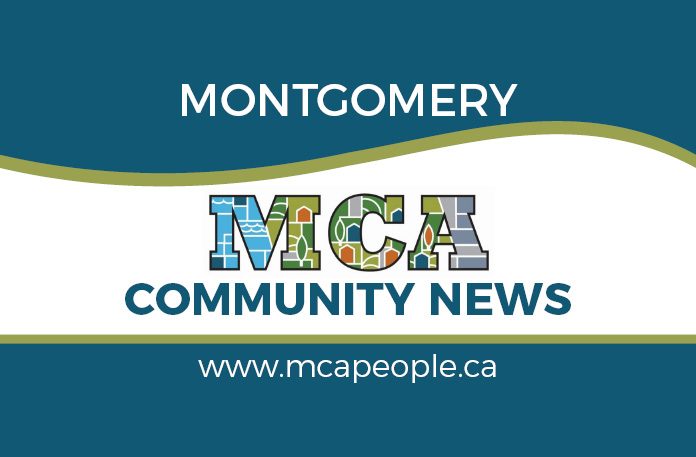by Denise Brown
“You are the architect of your own destiny”. This is a proverb using the term “architecture” metaphorically. But, in fact, the architecture of our chosen physical environments speaks to our goals, aspirations, priorities, and influences as well. The design of our lived spaces sends messages about us.
Montgomery is an interesting community in which to make some fun reflections about space, design, priorities and, yes, design fads! Today, we have heritage dwellings coexisting with the most recent fashions in housing. Those, due in part to their mostly monumental structure, are the most salient to our eye when, in fact, Montgomery began with the noble bungalow back in the mid-20th century when the Shouldice Ranch was subdivided into lots.
These early bungalows were individually designed and hand-crafted. They still predominate, particularly on 20, 21, and 22 Avenues. The terms bungalow derives from the word Bengal, referring originally to a structure type from that part of the world. The original design features seemingly have disappeared, and the term refers now to a (usually) single-storied dwelling.
Most heritage bungalows in Montgomery are solid, and many have been beautifully maintained since their original construction, retaining their 1950s decorative features, like the porches. Look also for the original bungalows that have been renovated, upgraded, and “modernized”. Note that we have three log bungalows in Montgomery that are significant character buildings in the “hood”! We even have two (or maybe more) brand new bungalows in place of the pre-existing original ones, but with the latest materials and design features. It’s clear: I love the bungalows. But why?
Montgomery bungalows are apartment-sized houses with huge yards and gardens. These provide a (fast disappearing) habitat for our birds and bees, wildlife, and overall biological diversity. We all benefit from the nature that surrounds the bungalows on our avenues. As I write, these yards are filled with trees in full blossom! This is a great moment to appreciate our arboreal diversity! Oh yes, and kids and pets (and wildlife) have ample and safe spaces to play and interact with the environment. What, we may ask, of the people who live in and love their compact living space? Inside, by necessity, the space is used efficiently and effectively, while material possessions are kept to a reasonable number. The members of the household share many spaces and interact mutually. The small size of the house translates into an environmentally friendly lifestyle. Think heating and greenhouse gases.
Consider the following: I have middle-aged friends who recently bought an apartment in the East Village. It measures 570 ft2, which may be smaller than even the smallest of our bungalows. They are overjoyed with their little home and need no more space than that! I confess, it strikes me as bungalow-like living, without the benefits: the privacy and freedom in the outside garden (and a basement)! In the end, what are we saying about ourselves (and our society) when we sacrifice natural spaces to pave them with indoor living spaces that measure 2,000, 3,000 or even 4,000 ft2, displacing the flora and the fauna that provide us quality of life? Such a decision reflects options, decisions, and priorities that do reveal our goals, aspirations, priorities, and diverse influences, just as buying, building, or renovating a bungalow in Montgomery would.
So, I invite you to stroll through the neighbourhood appreciating the noble bungalows and admiring the landscapes. In the end, it’s fun to be involved in the spatial transformation of Montgomery as our community evolves, and as we continue to design our destinies, physically, as well as metaphysically!
Click here to the Montgomery Community News home page for the latest Montgomery community updates.











